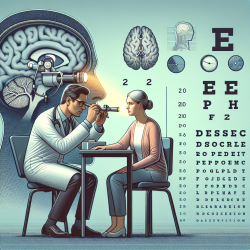Introduction
In an era where educational outcomes are closely scrutinized, physical activity (PA) might seem like a luxury rather than a necessity. However, recent research highlights the critical role PA plays in advancing both learning and health goals, especially in low-resource elementary schools. A study titled Physical activity strategies in low-resource elementary schools: Why and how are they prioritized? sheds light on this vital subject.
Key Findings
The study reveals several themes explaining why and how low-resource schools prioritize and implement PA strategies:
- Advancing Learning and Health Goals: Schools recognize that PA enhances cognitive function, reduces sedentary behavior, and supports social-emotional learning.
- Policies and Standards: Existing PA/PE policies help schools justify and implement PA strategies effectively.
- Culture of Learning and Health: A supportive culture is essential for integrating PA into the school day.
- Advocacy and Stakeholder Buy-In: Strong advocacy and stakeholder buy-in are crucial for the successful implementation of PA strategies.
- Collaboration and Resources: Collaboration with external partners and securing resources are vital for sustaining PA initiatives.
Implications for Practitioners
For practitioners looking to enhance their skills and improve outcomes for children, the study offers actionable insights:
- Leverage Policies: Utilize existing PA/PE policies to advocate for more PA opportunities in schools.
- Build a Supportive Culture: Encourage a school culture that values PA as integral to learning and health.
- Engage Stakeholders: Foster stakeholder buy-in by showcasing the benefits of PA on student performance and well-being.
- Collaborate and Innovate: Form partnerships with local organizations and explore innovative ways to integrate PA into the curriculum.
Future Directions
While the study provides valuable insights, it also highlights the need for further research. Future studies could explore:
- Quantitative research to identify the most effective PA strategies for diverse populations.
- Mixed-methods research to tailor PA activities to specific age, cultural, and geographic contexts.
Conclusion
Physical activity is not just a supplementary activity but a fundamental component of a well-rounded education. By prioritizing PA, low-resource schools can enhance educational outcomes and promote healthier lifestyles for their students. Practitioners are encouraged to apply these insights and advocate for increased PA opportunities in their own educational settings.
To read the original research paper, please follow this link: Physical activity strategies in low-resource elementary schools: Why and how are they prioritized?










